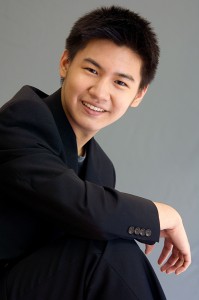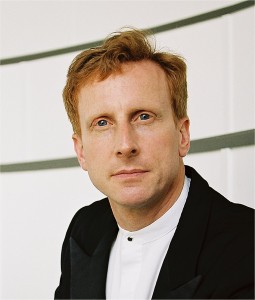UTAH SYMPHONY, Abravanel Hall, March 6; additional performance 8 p.m. March 7, tickets at 801-355-2787, 888-451-2787 or www.utahsymphony.org
André Watts was to have been this weekend’s soloist with the Utah Symphony. But a bout with the flu left the 68-year-old pianist unable to make the trip to Salt Lake City. As a replacement the orchestra called on 20-year-old Conrad Tao to step in and play the originally scheduled work, Beethoven’s Concerto No. 5, Emperor.
Tao has come a long way musically since 2010 when he debuted with the Utah Symphony, also as a last minute replacement for another ailing pianist. His performance Friday evening had depth and dimension. It was vibrant and technically assured, although he stumbled a few times in the first movement and some of the runs could have been clearer and better defined. Nevertheless, it was a solid performance from the young and upcoming concert artist.
The collaboration between Tao and Hugh Wolff, the weekend’s guest conductor, was also well defined. They tackled the first movement with boldness and determination that was carried over into the energetic finale. The slow movement, one of Beethoven’s divine creations, captured the dreamy character of the music. Both approached it with sensitively crafted expressions and eloquent lyricism.
The orchestra’s playing was spot on and Wolff brought a fine balance between the soloist and the ensemble.
Tao also played a short encore, Elliott Carter’s fiendishly virtuosic Caténaires from 2006.
The Beethoven was sandwiched between two works by Aaron Copland, the Fanfare for the Common Man, which opened the program, and the Symphony No. 3 after intermission.
The Third is the only one of Copland’s three symphonies to be played regularly today. It’s a powerful work, potent in its impact and, with its incorporation of the Fanfare in the fourth movement, triumphant in its spirit.
Wolff’s interpretation of the work was forceful and energetic in its delivery and passionate in its expressions. And the orchestra played it spectacularly. Each section gave a standout performance and the many small solos added sparkles of color. It was a wonderfully articulated and executed reading that was dynamic and vivid in its imagery.


